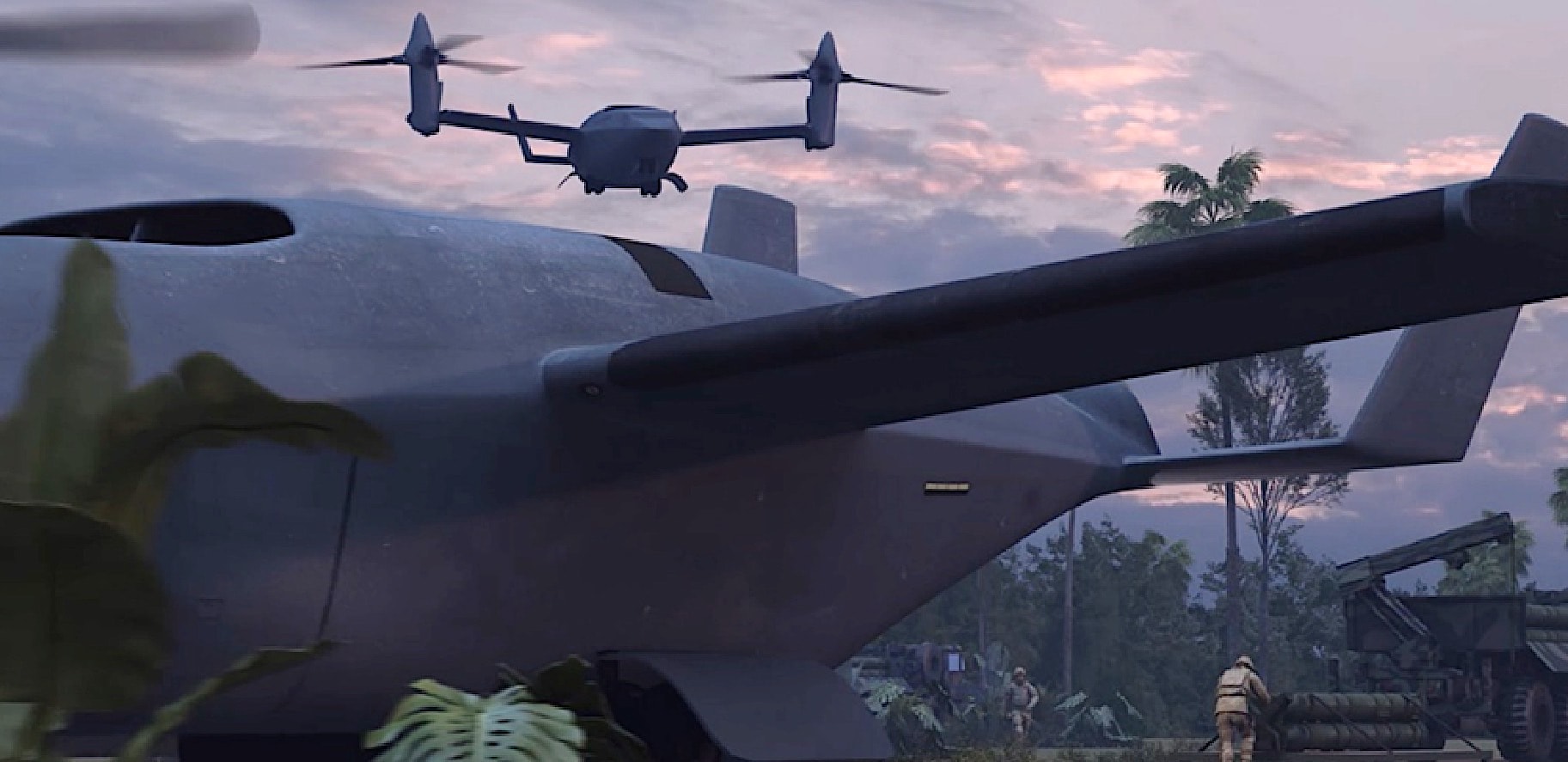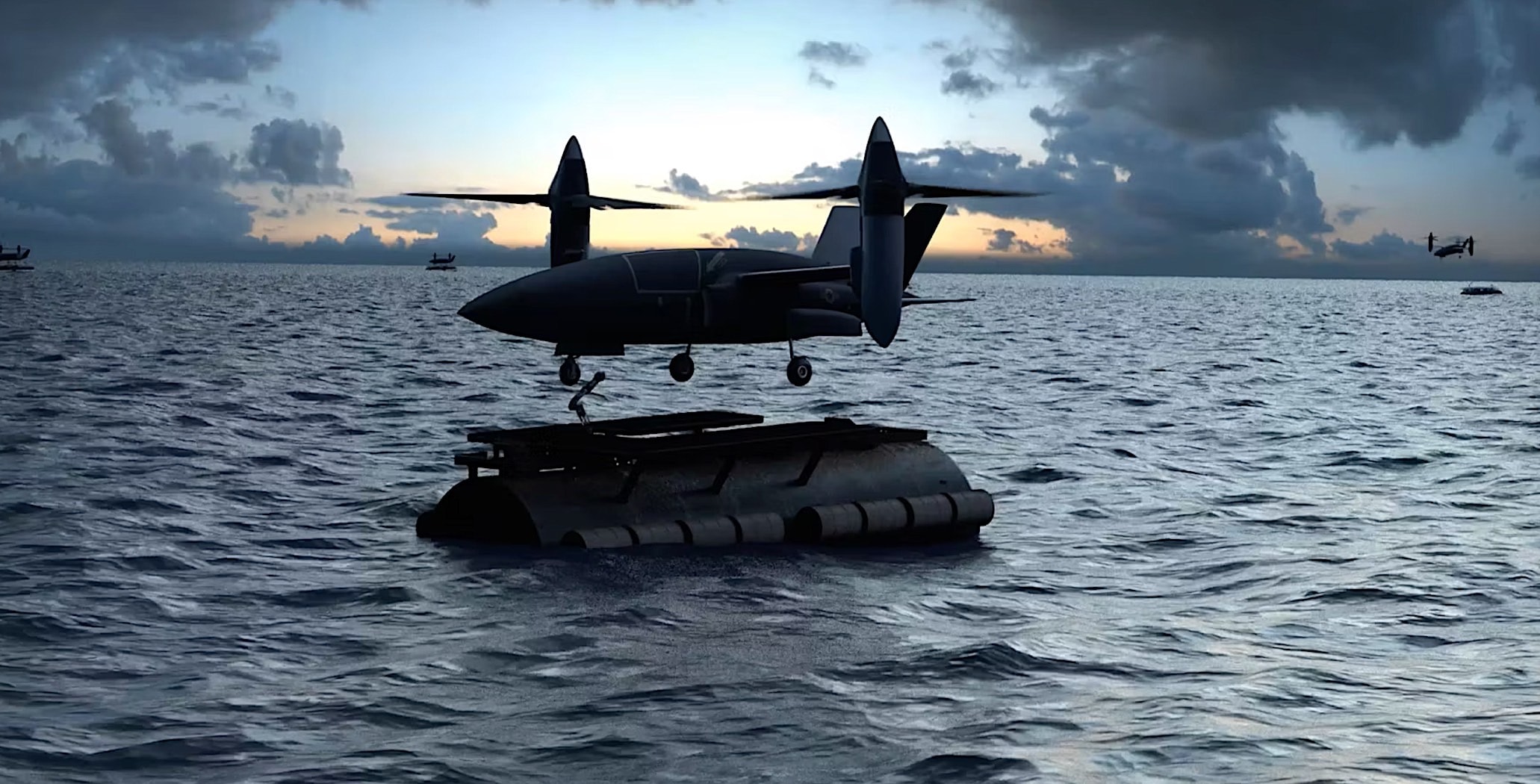DARPA’s ongoing efforts to transform aircraft capabilities include the SPeed and Runway INdependent Technologies (SPRINT) program, which began at the end of last year. The program aims to develop technologies that enable vertical take-off and landing (VTOL) vehicles to achieve jet aircraft speeds of 518 mph (833 kph) at relevant altitudes.
These vehicles must take off and land like helicopters but perform like jets in flight. In 2023, DARPA tasked Aurora Flight Sciences, Bell Textron, Northrop Grumman, and Piasecki Aircraft Corporation with designing an experimental aircraft. Aurora Flight Sciences, a Boeing subsidiary, has already presented its fan-in-wing design.

Significantly, Bell Textron has progressed to the next phase of the SPRINT program alongside Aurora. Bell’s latest concept echoes the design of its V-280 Valor, originally created for the U.S. Army’s Future Long-Range Assault Aircraft (FLRAA) initiative. At the heart of Bell’s innovative approach is its high-speed vertical takeoff and landing (HSVTOL) technology, which incorporates a unique folding rotor.
This rotor system transitions seamlessly from vertical lift to jet-like performance, minimizing downwash and enhancing the aircraft’s stealth capabilities. Bell has already put these advancements to the test at Holloman Air Force Base, although further specifics have not been disclosed.

